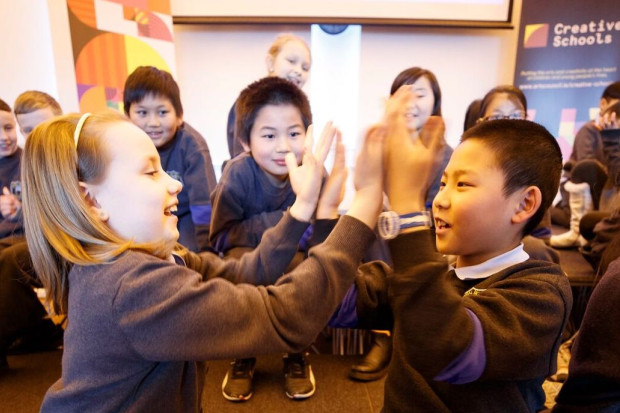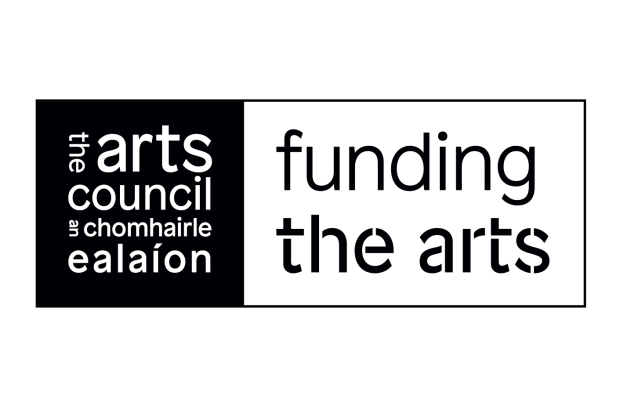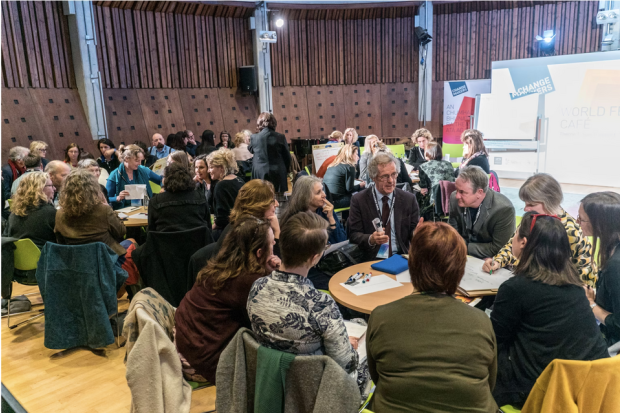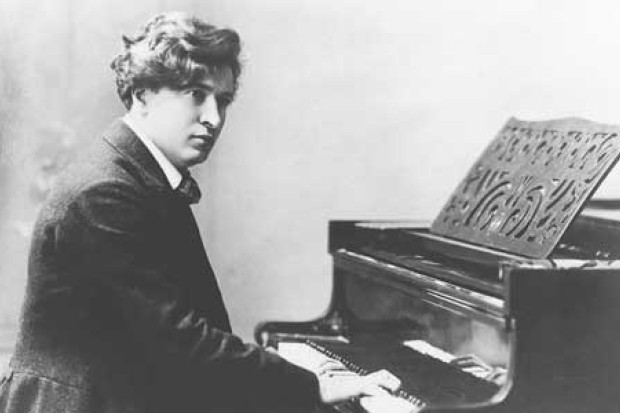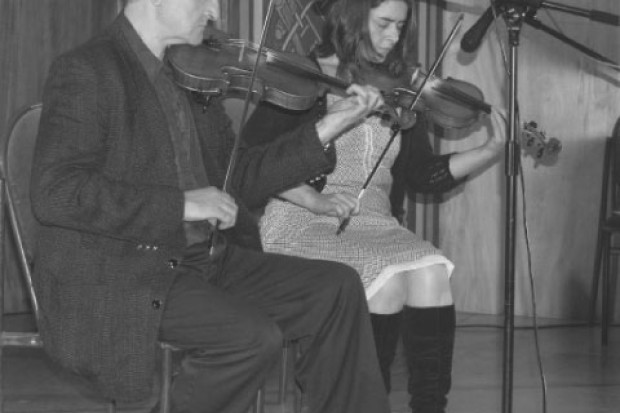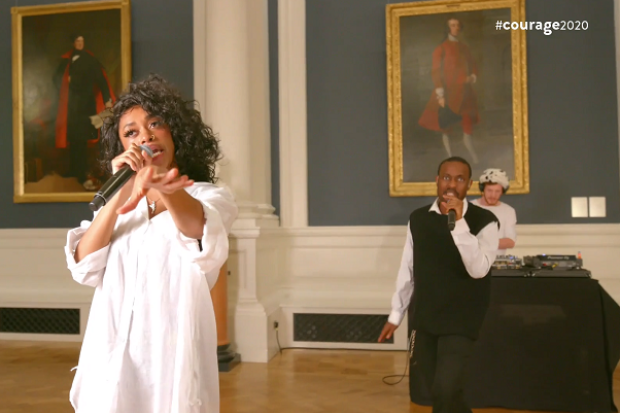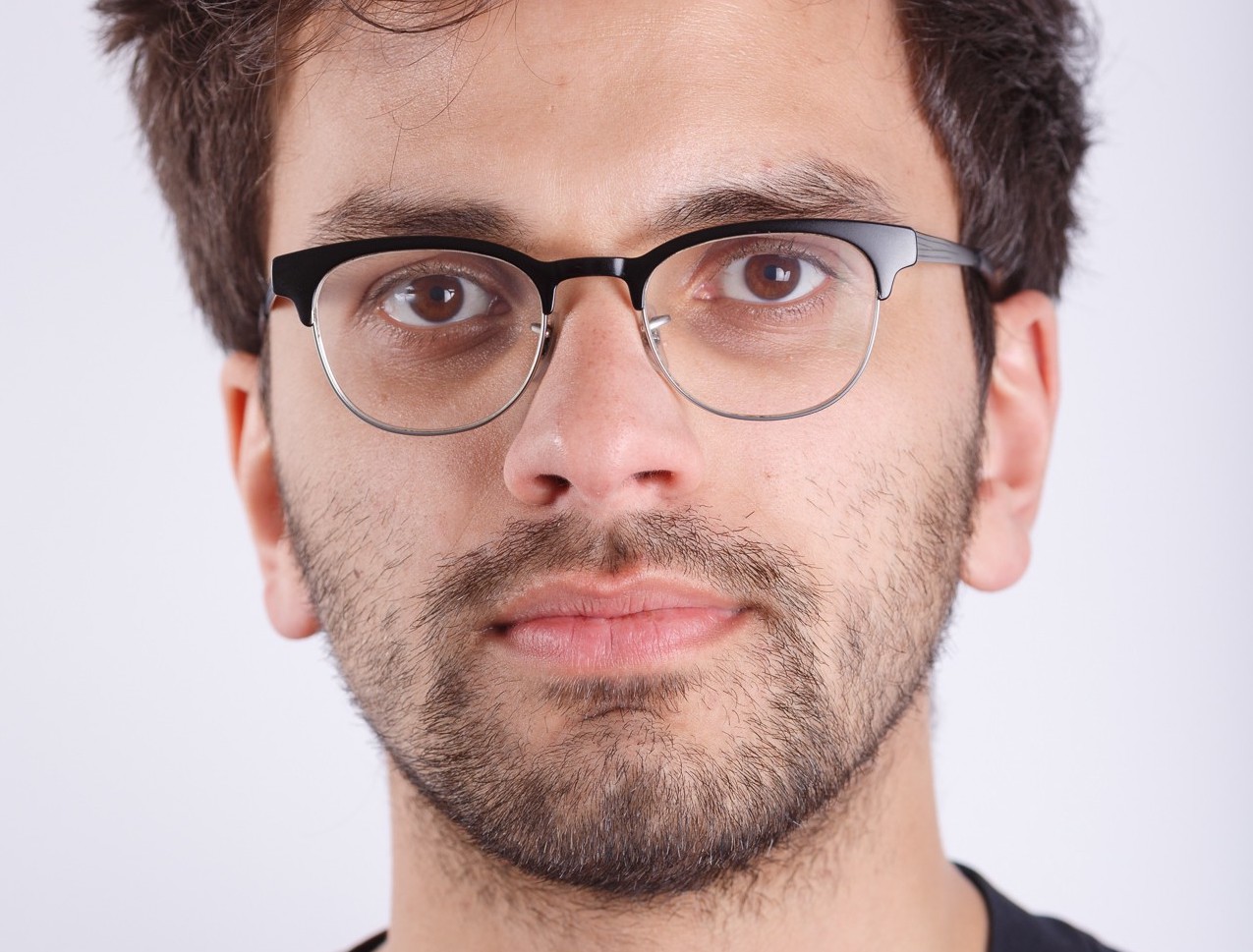
Rob Farhat
'We have the chance to get that policy right': Call for Irish Arts and Music Organisations to Do More on Diversity
Rob Farhat, a programmer with the music promoter Serious in London, has called on Irish arts and music organisations to do more to embrace minorities.
In a 5,600-word essay published on Medium, Farhat, who previously co-founded the Dublin label and music promoter Ensemble Music, says that there is structural racism in the Irish arts and music sector which means less opportunities for people of colour.
Citing CSO figures, Farhat says Ireland’s Black population is 1.3% of the country, but it has been growing at a faster rate than the population as a whole and the majority of Ireland’s minority ethnic population are under the age of 35. He says that given that ethnic diversity is still relatively new to Ireland, ‘we have the chance to get that policy right from quite early on rather than playing a constant game of catchup like our neighbours in the United Kingdom.’
Funding and programming
Drawing a distinction between musics that have been inspired by white culture (‘traditional music, folk music, and classical music’) and black culture (‘rock, pop, hip-hop, RnB, most forms of electronic and dance music, jazz’), Farhat says that the vast majority of music funding in Ireland goes to classical music, whereas ‘the genres where Black and Brown artists are most prevalent… hip-hop, RnB, and the experimental fringes of the electronic and dance music scenes … are virtually unsupported across the Arts Council’s funding strands’. Farhat questions whether the Arts Council ‘[has] the expertise to engage with and support’ these scenes.
The Irish promoter, who is Talent Development and Programme Manager with Serious, says that programming more music by artists from ethnic minorities is key for the Irish music scene but not the most difficult part – ‘All the decision makers need to do is open their minds, educate themselves, listen to different voices, and start platforming and funding minority artists’. Engaging new communities, however, so that they feel included in state structures is the real challenge. He writes:
You can’t just assume that by programming a Black or Brown artist, those audiences will immediately flock to the venues and spaces that have been historically seen as part of elitist white culture. You need to actually reach out to those communities and communicate to them in a language they can relate to.
He also explores the issue of education and says that the Leaving Cert music curriculum is almost entirely made up of white artists. In order for students to study the music of a person of colour, they have to ‘choose another genre of music as your “elective in listening” ’. He also criticises third-level music departments for mostly focusing on Western classical music and not providing a more ‘holistic music education’.
Proposals
The essay concludes with 22 proposals. For arts organisations, he suggests bringing in board members or advisors from ethnic minorities and actively seeking out voices from ethnic minorities when hiring and programming. For funding bodies, Farhat suggests allocating a certain proportion of all future awards to previously unfunded artists, organisations and artforms, and that they include the option of making video-based applications rather than written ones. For educational institutions, he suggests scholarships to diversify the student intake, and for Government policy, he proposes that every neighbourhood has ‘at least one community-led arts space or venue for young and up-and-coming artists to develop and perform new work.’
Farhat, who is from Dublin and of Iranian/Armenian heritage, concludes:
The question we should be asking is, what do we want the future of Irish music, art, and culture to look and sound like? Is it the white homogenous Ireland of old, or is it the diverse and multicultural new Éire of the 21st century? I hope we can agree on the latter, and that in order to embrace that vision we need to radically reshape how the arts is structured, funded, and supported.
To read the full essay, see here.










